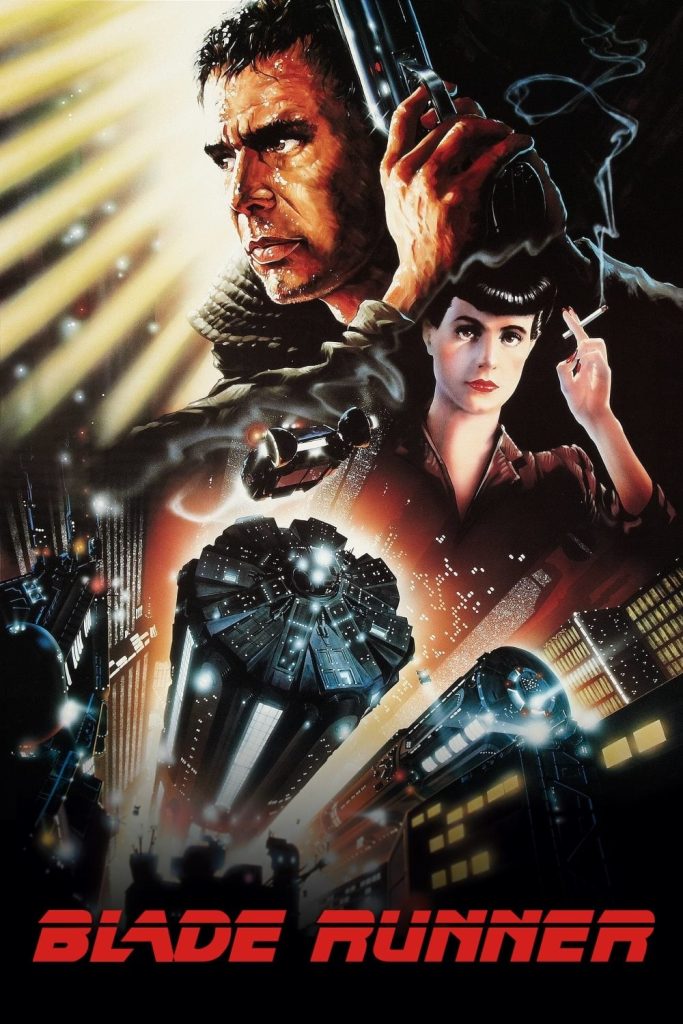
In cyberpunk stories, cities are more than just settings; they play a vital role, almost like characters themselves. Blade Runner (1982) and Neuromancer (1984) are perfect examples of this, both representing sprawling, dystopian cities characterized by neon lights, towering skyscrapers, and a blend of high-tech and low-life elements. These cityscapes offer a clear view of a future where new technology exists alongside social decline.
In Blade Runner, the city Los Angeles is shown as a dark, rainy city full of neon signs. Director Ridley Scott imagines a future with tall skyscrapers, flying cars, and huge digital ads in the sky. However, the streets below are filled with problems like homelessness, overcrowding, and pollution. The contrast between the bright lights above and the dirty, shadowy streets below shows how technology has made social inequality worse, not better. The constant rain and darkness give the city a feeling of hopelessness, making survival a daily struggle. The city is a giant machine. Scott used images of factories and industry to create a vision of the future city, reflecting concerns about the impact of post-industrial society.

Similarly, Neuromancer shows a future where cities are huge and messy. Chiba City, the main place in the novel, is described as a confusing and chaotic area. Chiba is known for its focus on implants, nerve-splicing, and micro bionics. The sky looks dark and gray, and the city is filled with bright ads, high-tech clinics, and black-market shops. In this city, advanced technology is mixed with crime and poverty, creating a mix of excitement and danger. The streets are full of hackers, mercenaries, and street fighters, all trying to find their place in this world. The city’s unique atmosphere comes from the sharp contrast between its advanced technology and harsh living conditions, highlighting the conflict between progress and hardship.
Blade Runner and Neuromancer show the conflict between new technology and human beings. The cities are not just perfect or completely broken but are a mix of progress and decay. These urban settings reveal how life in the future can be full of both high tech and tough realities, where dreams can quickly come true or fall apart.
Published by